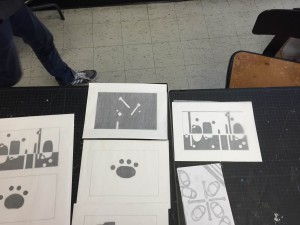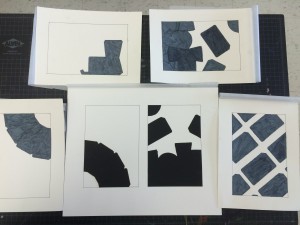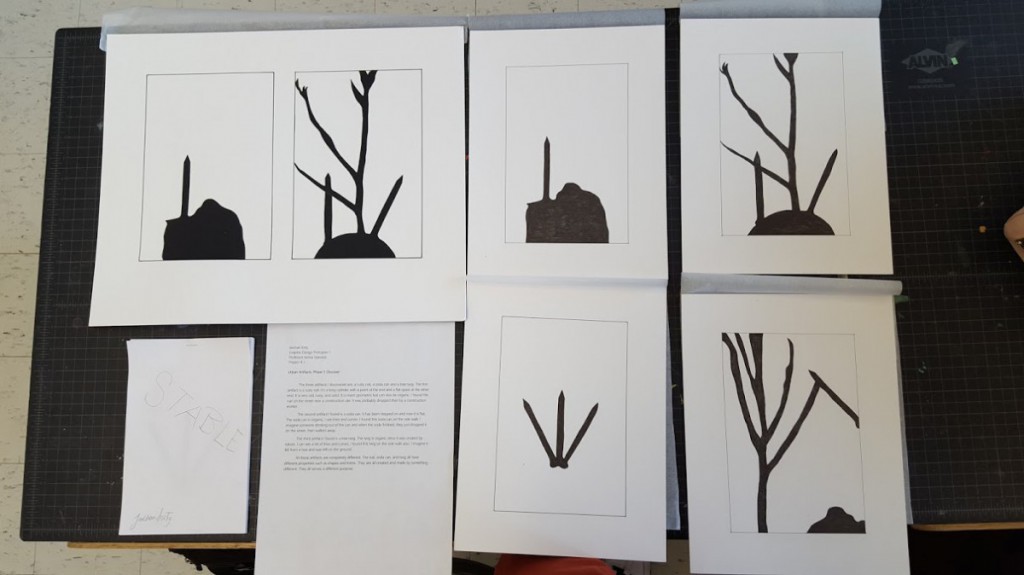For this project, I learned the difference between a stable and an ambiguous figure-ground and also the interest by using garbage to create an art work. At the beginning I didn’t have any thoughts for these figure-grounds, so when I was creating a stable figure-ground I just picked up any item and tracing it on the middle area of the figure-ground without any thoughts of the composition. Because of it, one of my ambiguous figure-ground was messed, the composition was uncoordinated, if I have a second chance to redo it I believe I could fix it into a better looking. This project gives me a good experience for the figure-ground relationships and compositions. I could use this technique to create stable and ambiguous shapes for the book homework.
Urban Artifact: Phase 4
In this project, I learned the figure-ground relationship. At first, we picked up 3 artifacts on the street and arranged them on a piece of white paper to create a figure-ground relationship. I learned that art could be everywhere around the world. Then we sketched 6 obvious and 6 ambiguous figure-ground compositions. Everybody created a different work. They all had their own idea and style, so all the works were special. For ambiguous , I made lots of mistake. Most of my peers said that all my ambiguous seems like stable. And I learned that I should put more objects to the ground to make them ambiguous. And in final part, we learned how to use the exacto knife. I think it was cool to use the knife. And I really like to do the cut out. I think what I could have done better is planning. Every time after I finished my work, I always felt like I should move this objects to there or maybe I should remove this objects. So for next project, I think I need to think more and make a satisfied plan in mind before I do the work.
Urban Artifact: Phase 4
From this project, not only did I learned what figure-ground relationship was but I saw different ways on how to execute this relationship through the work of my peers. Being able to create a figure-ground relationship from artifacts you found on street really shows that art is everywhere. Even though everybody had to create obvious pieces and ambiguous pieces, there was none that was identical to another person. Everyone had their own unique style and different concepts of their art. What I could’ve done better was time management. Before doing the actual sketches, I had to make sure the borders were in the right measurements and nothing can be miscalculated. I took a very long time on that part including my sketches but it’s something I will work on to get better at. Not only was I ecstatic of my final work but through the critique people mentioned that my progression from my previous sketches to my final work was successful. I felt proud that I’d decided to take the chance to refine my work and add in new additions to it. Seeing from where I started to where I finished shows the improvements I’ve made and that if I put dedication into my work there’s a rewarding payoff.
Urban Artifacts: Phase 4
From this project, I learned and understand the figure-ground relationships. To be honest, starting the project was pretty simple and easy. However, I did not realize until after going though the inking part of the design was the hardest part of the project. When I was inking the project, my mind was full with regrets about picking every artifacts. Especially inking the bobby-pin was a challenge for me. I also thought about the same thing when cutting the black paper with the Xacto knife, and gluing things together. However, above all I believe that I done a good job. I am really proud of my self and surprised when Professor Spevack complemented on my designs and great critiques from my peers in class. I was more surprised when no one said anything on how I should improve. However, when professor said that one of the design was not so great in figure-ground design. I was actually happy to hear negative comments on my design, because I can actually improve my self.
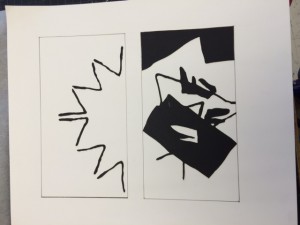
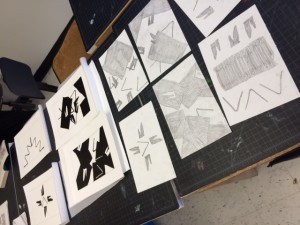
Braggarts
Noun
Person who brags a lot
Source: Merriam-Webster
I encountered this word at the end of the sample from the reading expert “City Limits” by Colson Whitehead. “Except for that bit about the Dutch buying Manhattan for twenty-four bucks there are and always will be braggarts who “got in at the right time.”” I never heard of this word this before nor I read it somewhere else. The reason what caught my attention was the pronunciation of the word. I believe this word fits the upper class, because of how much money they make compared to the lower class. This sentence shows that the Dutch were braggarts, because they bought Manhattan for twenty-four bucks. Compared to the time back than, the money became less value than it used to be.
Juxtaposition
Noun
The fact of two things being seen or placed close together with contrasting effect.
Source – Google Definitions
I encountered this word while reading the description for project #2
“On your walk, look for sites of different New Yorks overlapping—such juxtapositions include old and new,”
Now that I know the meaning of Juxtaposition, I know understand that I will be looking for two things in New York that are close together that looks different.
[Glossary Entry 2]
Project 1: Phase 3: Develop and Phase:4 Deliver
Project 1 was very interesting. I really enjoyed this project. I realized the beauty in things. There are arts all around us. In this project I have learn the difference between ambious and stable. I believe that it will help me do much better things for the next project. I made a lot of mistakes on my sketches. I didn’t understood the difference between stable and ambious therefore most of my sketches turned out to be stable. But as the project went from one step to another I had a better understanding and therefore my project improved along the way.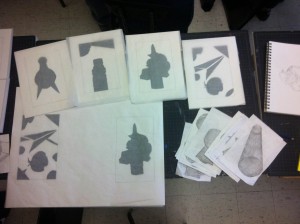
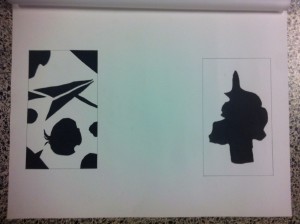
Urban Artifact: Phase 4
What I learned during this project was the difference between a stable and an ambiguous figure-ground. I could have done better if I wasn’t limited to what I could draw. For example I only had 3 objects to work with, if I could have draw freely anything I wanted, I could have done something totally different. From this project I will apply what I leaned to the next by creating stable and ambiguous shapes in the book.
Permutations
noun per·mu·ta·tion
one of the many different ways or forms in which something exists or can be arranged.
” Design is a visual language whose endless permutations result from the particularities of individuals, institutions, and locales that are increasingly connected to one another by acts of communication and exchange.”
I have heard this word in math class back in high school. It was the same meaning just to a different purpose.
source: Merriam-webster.com
Juxtaposition
noun jux·ta·po·si·tion
the act or an instance of placing two or more things side by side; also : the state of being so placed
“-such juxtapositions include old and new, residential and commercial, historic and replaceable, natural and man-made, constructed and under-construction, well maintained and in disrepair, celebrated and forgotten, etc.”
my first thought of this word was that it probably meant arrangement of some kind.
source: Merriam-webster.com
